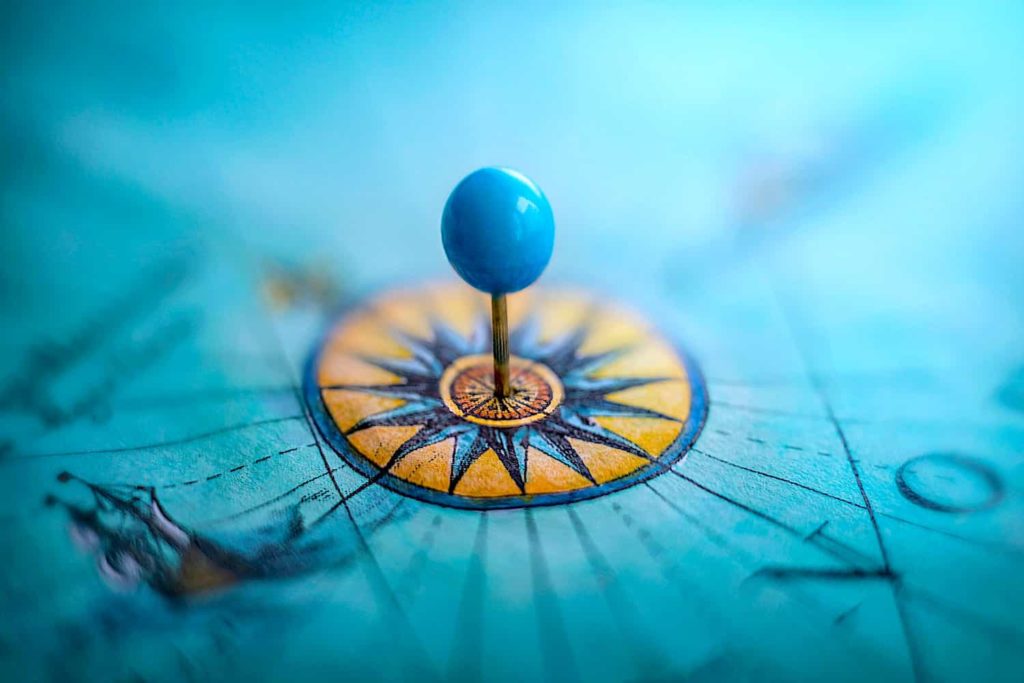
A Year of Play: A Six-Month Update
The phrase “a year of play” may conjure visions of a long vacation at a seaside villa with alternating sessions of building sandcastles and drinking tropical cocktails. This has not been my experience so far, although I have had some fun and a good amount of learning along the way.
At the beginning of the 2022, I chose the one-word theme of “play” to guide me through the year. Selecting a yearly theme instead of New Year’s resolution is a practice that I first came across through the writings and podcasts of Gretchen Rubin. I have found the custom a fun way to give the year a sense of purpose from the very start.

I have been more comfortable, however, with some of my previous choices of yearly themes, such as “new” and “creativity.” The topic of “play” seemed a bit of a risk. Would anyone take me seriously if I dedicated a year to the pursuit of play?
In a post at the start of the year, I briefly explained why I had chosen play as my theme. In the present post, at the midpoint of the calendar, I examine how my year shaped by play is going so far.
Confusing “Fun” and “Play”
To my surprise, the biggest obstacle in my pursuit of a more playful year has been my own misunderstanding of the very notion. This is because I continuously confuse the two related but distinct concepts of “fun” and “play.”
Fun is so elemental, and so difficult to define, that it is often explained through its synonyms: amusement, delight, and even pleasure. Any activity could be considered fun, as long as the person involved enjoys it.
Fun, it turns out, is much broader than play. While play is always active, fun could be either active or passive. Listening to music, for example, could be fun, but it wouldn’t be considered play.
The Qualities of Play
Play is always active and engaged, but there is more to it than that. In my quest to understand the concept, I have come across an excellent summary of the qualities of play in an article by the psychologist Peter Gray. According to Gray, the research on play has narrowed down its characteristics to the following:
Play is self-chosen and self-directed.
Play is activity in which means are more valued than ends.
Play has structure, or rules, which are not dictated by physical necessity but emanate from the minds of the players.
Play is imaginative, non-literal, mentally removed in some way from “real” or “serious” life.
Play involves an active, alert, but non-stressed frame of mind.

In other words, play is something that you chose to do for the sake of doing it (not for an external end result). With play, you make up the rules, or at least agree to the broad terms of the activity. Play is imaginative, and therefore at least partially removed from “real life” concerns. Finally, play is engaging and active, but not stressful.
Six months into my year of play, I revisited the definition of play, as well as the differences between play and fun. To my surprise, I realized that while I’ve had my share of fun, I haven’t actually done much playing.
Having Fun Without Play
To be clear, it has been a good year, despite the ups and downs of being human and the turbulent times in which we live. In my effort to make the year a better one by engaging in more play, which is active, I have inadvertently pursued some activities that are purely fun, but mostly passive.
I can sum up my main confusion with the difference between fun and play with the term “entertainment.” I thought that watching some whimsical television or reading some sunny novels would be a good beginning to my quest for play. I did these things and enjoyed them, but it turns out that they were passive activities in which I was more of a spectator than a participant.

Other diversions caused similar confusions. I attended a drag show as well as a reading by the author Neil Gaiman. Again, I found myself looking on while others did the playing. I even thought that buying a few classic action figures that I used to play with as a child would be good. The problem is that I bought them and displayed them but didn’t play with them. These activities were all amusing, and I’m glad that I did them, but they weren’t exactly play.
Choosing Play Instead
I have engaged in some activities so far this year that actually have met the definition of play. I wrote a few short stories with no other purpose than to enjoy the active process of creation. I also spent a day discovering a different part of the city with my husband; we made up the rules of our exploration, and the day was completely separated from any “real world” concerns. These activities were pure play.
Now that I’m clear about the difference and overlap between play and fun, I can make better choices. To that end, I have set a couple of goals for the second half of my year of play: explore more and create more.

I want to explore on levels big and small. I may visit a new coffee shop, perusing the posters for neighborhood events and choosing the most colorful one. Or I might make a day trip to a neighboring city to discover what it has to offer. I also hope to create more. I want to write more stories, certainly, but also paint, and pursue other visual media. Whatever I choose, I look forward to making my own rules for my creativity and exploration.
I will certainly discover other kinds of play as the second half of the year unfolds. Who knows? I may even take those action figures off the shelf and simply play.